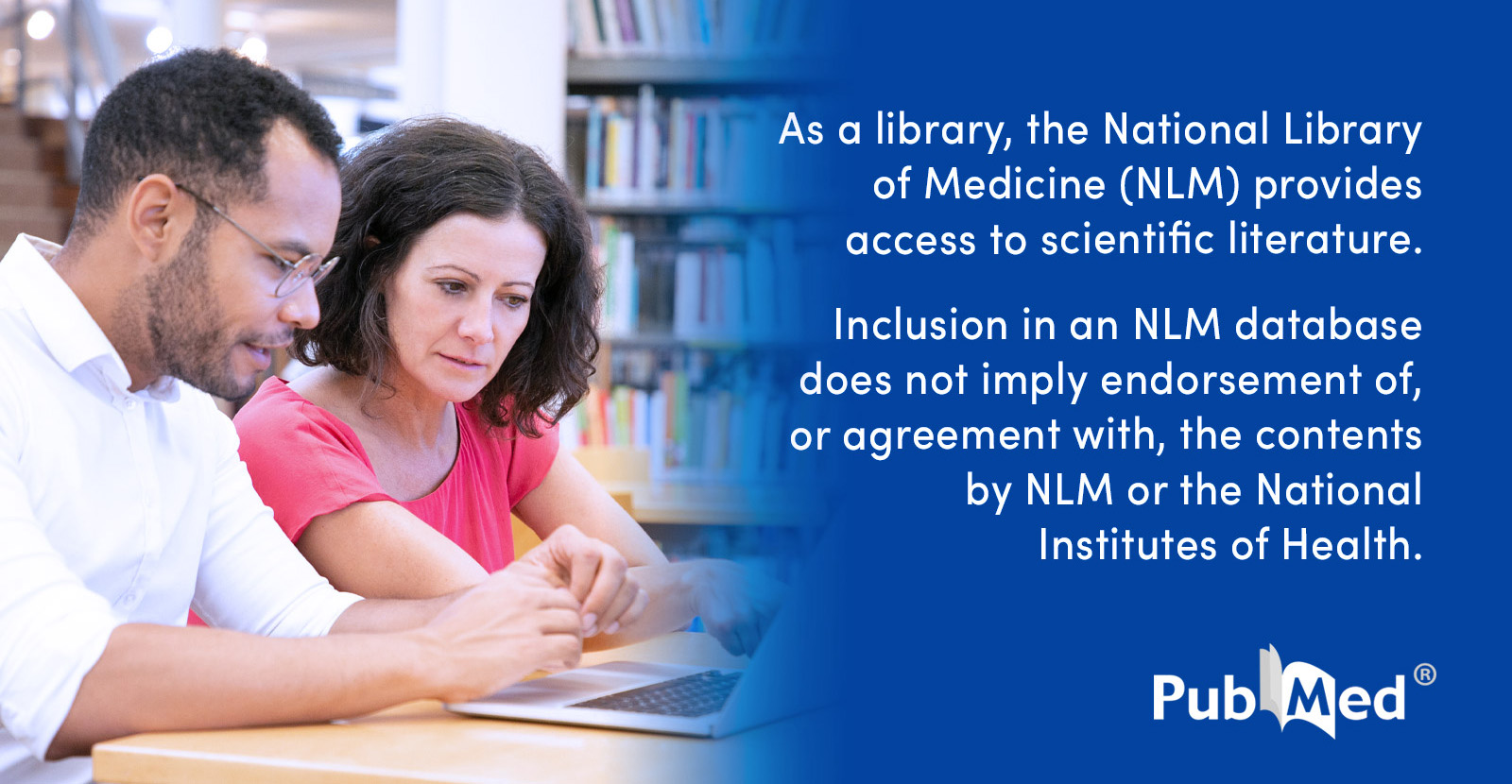Fertile
Bluelighter
- Joined
- Mar 31, 2022
- Messages
- 1,627
I don't think either will be orally active since their won't be the strong hydrogen-bonding between the phenolic -OH & tertiary amine. I would look at Nichols et al or even Isomer Design to see if they have been made. Synthesis would be interesting.






